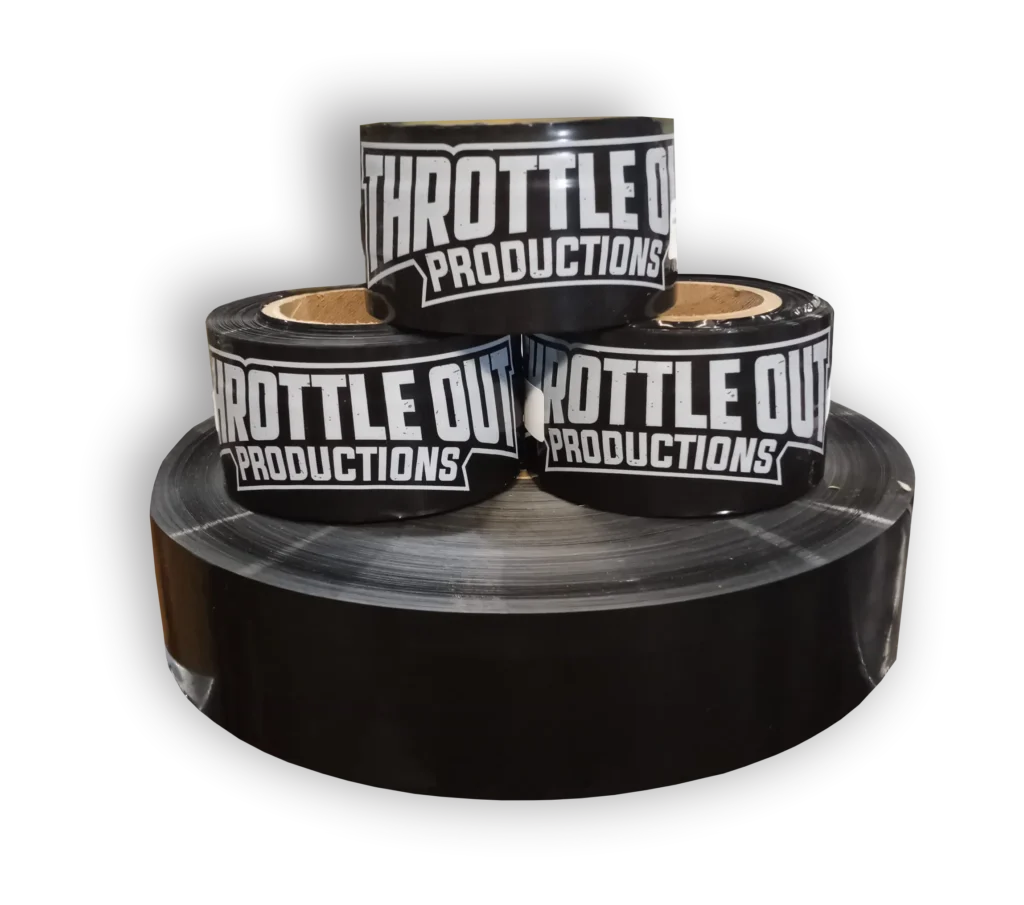So many colors!
We keep 16 colors of film in stock. We have 9 stock ink colors. We tint custom ink colors in-house. However, printing in color is anything but straight-forward. So why is printing colored ink on colored film so complex?

Remember in grade school when we were taught about mixing primary colors to produce secondary colors? Blue+Yellow=Green. Red+Blue=Purple, and so on. Printing colored ink onto a colored substrate is the same thing. Red ink appears orange on yellow film. Yellow ink appears orange on red film.
So how can it be done? Tricks and tools of the trade. Some of these tricks are:
Base layer of white – white ink is printed first. The desired color ink is printed on top of the white ink. This essentially makes it a 2-color print, adding to the cost of the project.
Additives and formula adjustments – Some ink additives can help increase the opacity meaning less of the substrate shows through.
Substrate color – Want green print to show up on blue substrate? Maybe green ink isn’t the way to go. Perhaps yellow ink is the right choice for a green print in that case.
How am I supposed to know all of this?!
We don’t expect you to. That’s our job. There is a lot to know about this very subject. Far too much to describe in a simple blog. When you order our custom products with colored films and inks, we will make the necessary adjustments according to your preferences to provide you with a product that meets your design requirements.
The truth is colored ink is easiest to print on white film. But printing colors onto colored films is still done all the time. It just isn’t always so straight-forward.
